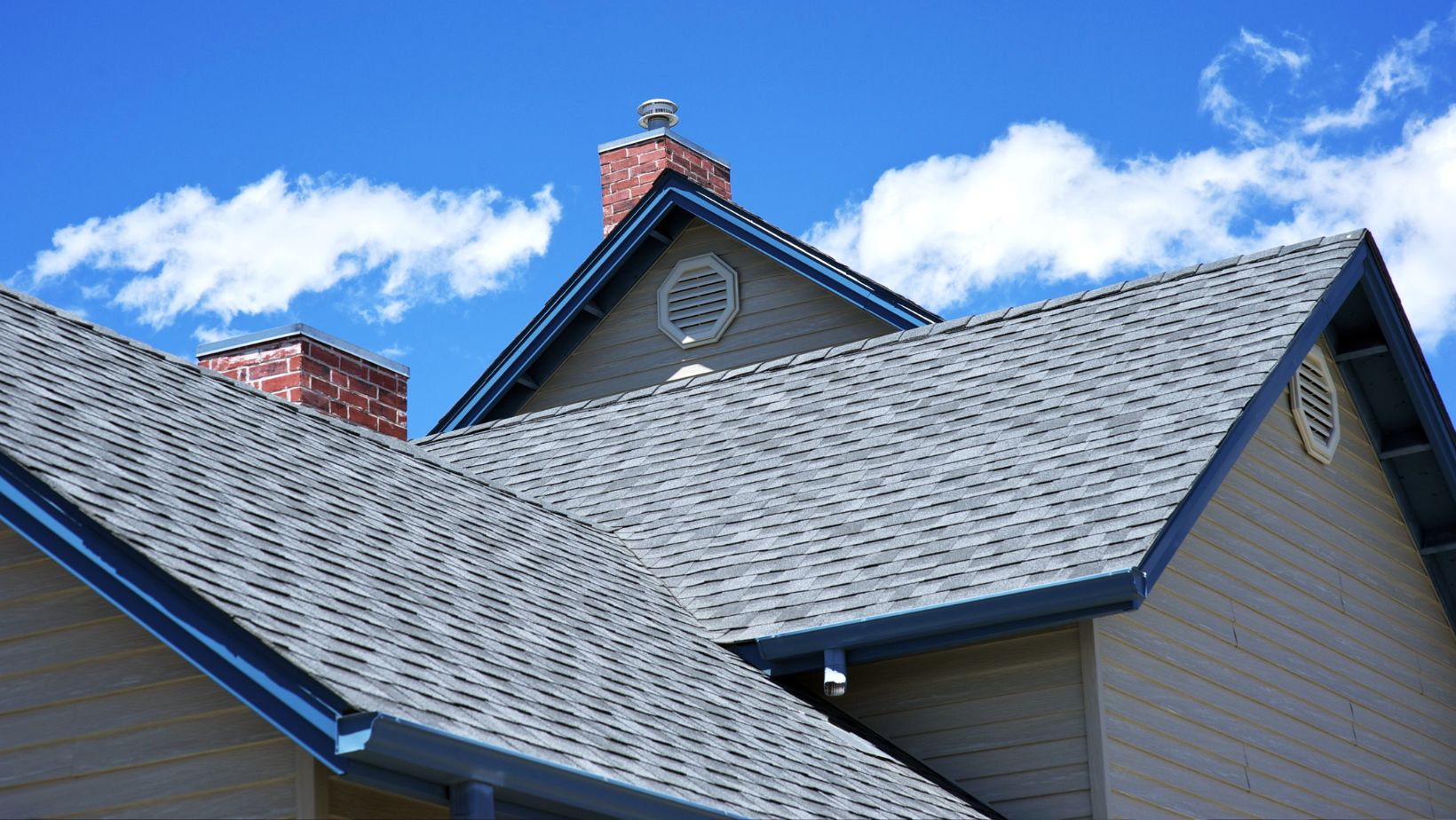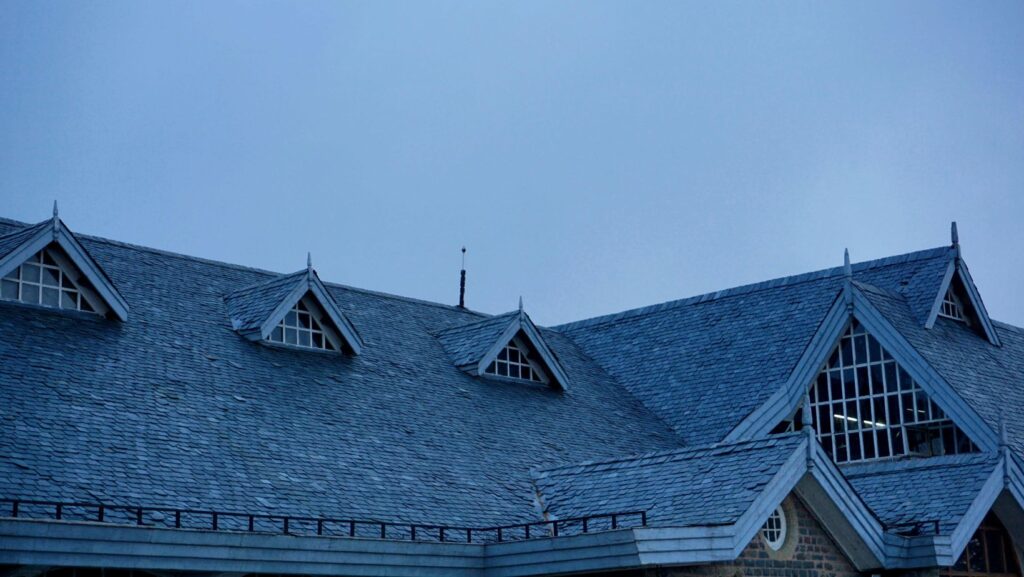The roof is more than just a protective covering for a home; it plays a significant role in defining the overall architectural style and aesthetic appeal. The choice of roof type can influence everything from the building’s silhouette to its functionality and energy efficiency. By exploring the various roof types and their relationship with home architecture, homeowners can make informed decisions that enhance both the beauty and performance of their residences.
The Role of Roof Types in Architectural Style
Roof types are fundamental elements that contribute to a home’s architectural identity. Whether it’s the steep pitches of a Gothic Revival or the flat lines of a modern minimalist design, the roof sets the tone for the entire structure. Different styles require specific roof types to achieve their desired look and feel. For instance, traditional Colonial homes often feature gabled roofs, which complement their symmetrical and classic design. In contrast, contemporary homes might utilize flat or shed roofs to emphasize clean lines and open spaces.
Choosing the right roof type often involves consulting with professionals who understand both roofing and architectural principles. In regions like New Port Richey, homeowners frequently rely on the top roofers in New Port Richey to guide them through selecting a roof that aligns with their architectural vision while meeting local building codes and climate considerations. These experts ensure that the chosen roof type not only enhances the home’s appearance but also provides long-lasting durability and performance.
Material Considerations and Aesthetic Appeal
The materials used for roofing significantly impact both the appearance and functionality of a home. Common roofing materials include asphalt shingles, metal, tile, and wood, each offering unique benefits and aesthetic qualities.

Asphalt shingles are popular for their affordability and versatility, available in a wide range of colors and styles to match various architectural designs. Metal roofs, known for their durability and modern look, are often chosen for contemporary and industrial-style homes.
Tile roofs, whether made of clay or concrete, add a distinct character to Mediterranean and Spanish-style architecture, providing a timeless and elegant appearance. Wood shingles or shakes offer a natural and rustic charm, making them suitable for cottages and cabins. The choice of material affects the visual appeal and influences maintenance requirements, energy efficiency, and lifespan. Homeowners must consider these factors to ensure their roof complements the architectural style while meeting practical needs.
Climate and Roof Design
Climate is a crucial factor in determining the most suitable roof type for a home. Different regions experience varying weather conditions, which influence the performance and durability of different roofing systems. In areas with heavy snowfall, such as mountainous regions, steeply pitched roofs are advantageous as they facilitate snow runoff, reducing the risk of structural damage. Similarly, in regions prone to high winds or hurricanes, sturdy roof designs like hip roofs can provide better resistance against strong gusts.
In warmer climates, such as those found in coastal areas, lighter roof materials and designs that promote ventilation are preferred to keep homes cool and reduce energy consumption. Roofs in hot regions often incorporate reflective materials or coatings to minimize heat absorption, enhancing the home’s energy efficiency. By tailoring roof designs to the local climate, homeowners can ensure their roofs perform optimally, providing comfort and protection year-round.
Functional Aspects of Different Roof Types
Beyond aesthetics, roof types offer various functional benefits that can enhance a home’s livability and efficiency. For example, attic spaces are more easily accessible in homes with pitched roofs, providing additional storage or the potential for finished living areas. Flat roofs, on the other hand, are ideal for creating usable outdoor spaces such as rooftop gardens or patios, especially in urban settings where space is limited.

Green roofs, which incorporate vegetation, offer environmental benefits by improving insulation, reducing stormwater runoff, and promoting biodiversity. These roofs can also enhance the building’s energy efficiency by providing natural cooling and heating. Certain roof types, like those with multiple slopes or valleys, can improve water drainage and reduce the likelihood of leaks. By considering the functional aspects of different roof types, homeowners can select designs that not only look good but also add practical value to their homes.
The connection between roof types and home architecture is multifaceted, encompassing aesthetic, material, climatic, and functional considerations. The roof serves as a defining feature that shapes the architectural style and enhances the overall appeal of a home. By carefully selecting a roof type that aligns with the architectural vision, complements the materials used, adapts to the local climate, and fulfills functional needs, homeowners can create residences that are both beautiful and resilient. Collaborating with experienced roofing professionals ensures that the chosen roof type meets all these criteria, resulting in a harmonious and enduring architectural masterpiece.


More Stories
Why You Should Invest In Professional Scaffolding Services?
Maximizing Space and Functionality: The Ultimate Guide to Garage Building
The Importance of Quality Siding in MA